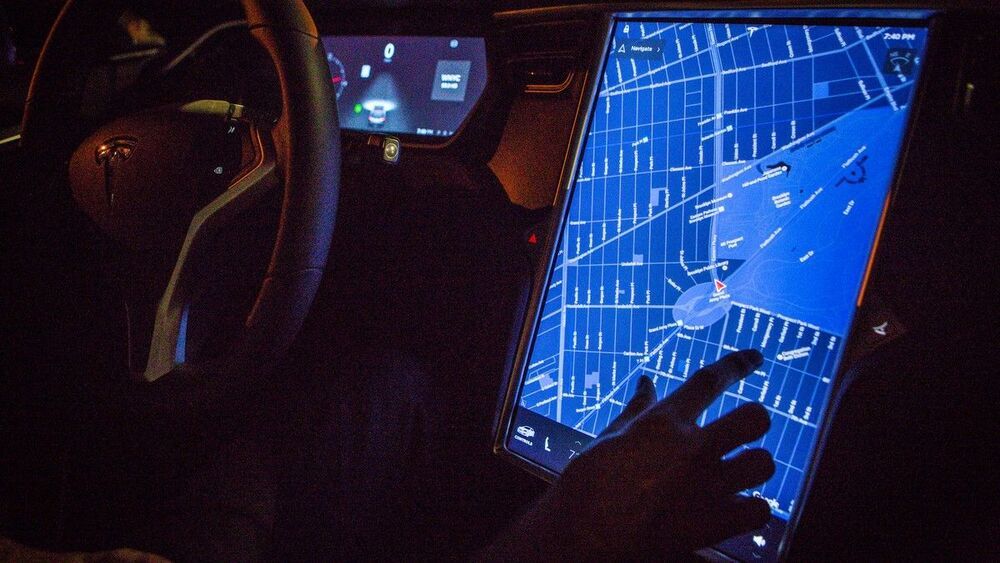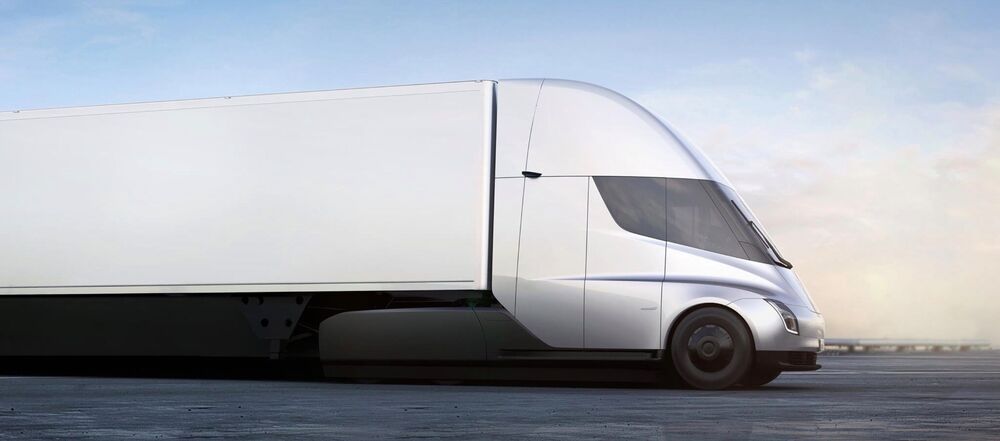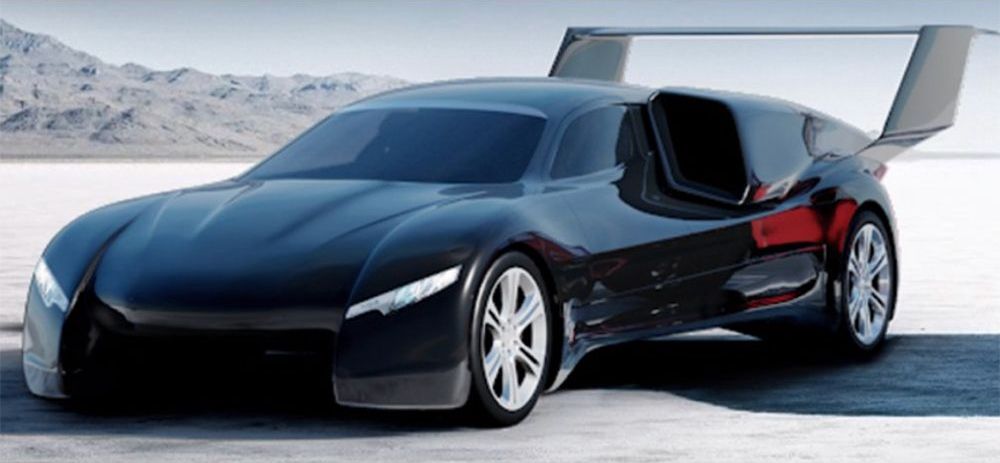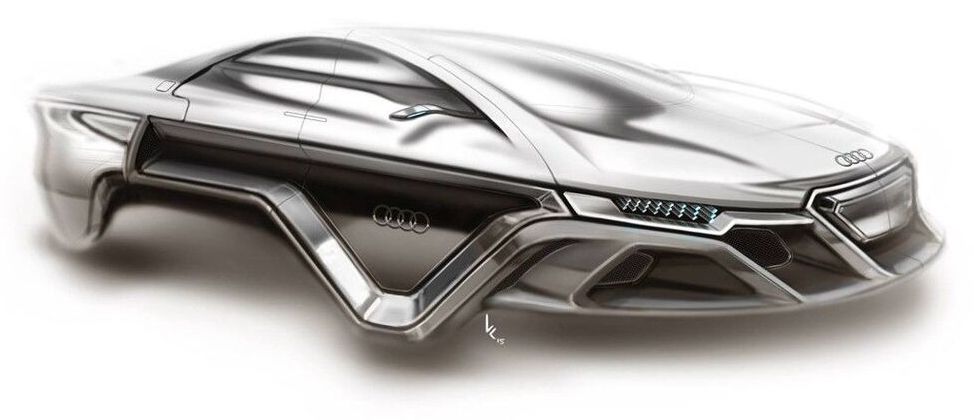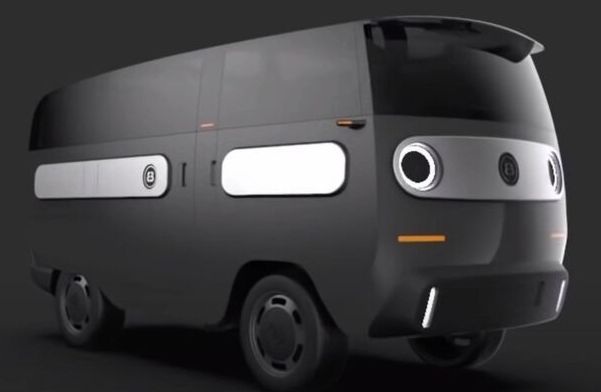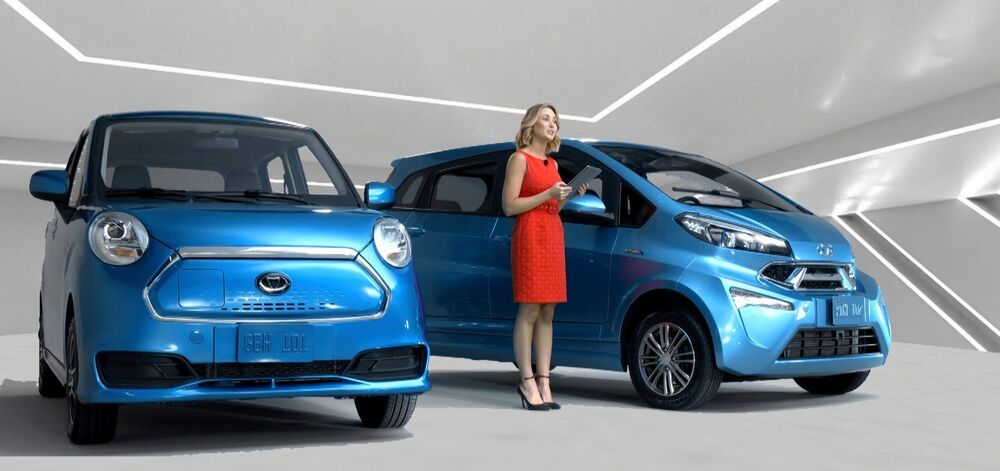Article from Vice.com. I guess owning a Tesla does have its own drawbacks. Tesla can disable features from your car if you didn’t pay enough money. And it seems it’s hard to repair if you get into an accident, due to Tesla’s tight ownership. Insurance companies may quickly declare these Teslas as total losses.
This is pushing some people to jailbreak their cars to return these features. Especially those that are already declared as total losses. (So voiding the warranty really doesn’t mean much to them)
Interesting. bigsmile
Tesla is getting more aggressive in revoking paid software features on used cars, raising the stakes in a battle over what used Teslas can do that has raged for years.
